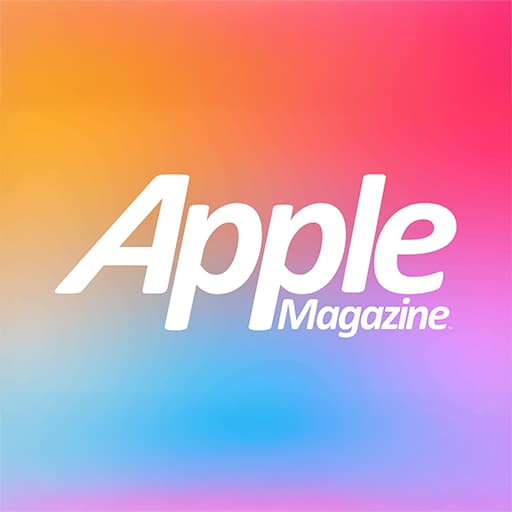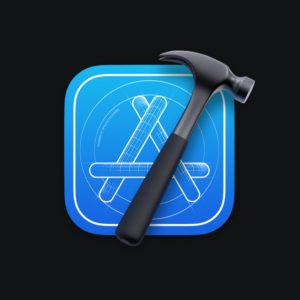Using iOS apps can significantly enhance academic writing by organizing research and improving focus, and if you’re pressed for time, asking a service to write an essay for me can help maintain your academic performance. Academized.com offers professional essay writing services, supporting students in meeting their deadlines with high-quality work. With the emergence of mobile technology, it is no wonder academic writing and scholarship finds an ally in iOS apps. This article will shed light on how iOS apps have become literacy boosters in the world of academia, providing a swift revolution to academic writing and scholarly success.
The Growing Importance of Digital Tools in Academia
In the last years, digital tools have significantly transformed the scholarly world, making it hard to imagine the research and writing process without them: from literature reviews to data analysis, employing technology in academic life is commonplace nowadays. This is especially true for many research projects in the humanities and social sciences, where scholars are increasingly benefiting from the user-friendly user-interfaces, the portability and the ability to sync digital notes and documents across multiple devices provided by apps for iOS. As students and researchers embrace the use of iPads and iPhones as an important addition to their academic working environment, the demand for iOS apps for scholarly use is on the rise.
Streamlining the Writing Process
Top on the list of advantages of using iOS apps is their capacity to make the writing process as simple and efficient as possible. This means that students no longer have to carry around heavy textbooks and note books in their bags, along with other class materials. Students can now carry their library of books, all their notes and drafts on one, single device, which makes it really easy to go back and forth between class notes in an instant. The flexibility of work hours and location is quite welcoming and opens doors for people to work on writing projects from home, during commutes on their way to and from school or work, even in between classes.
iOS apps can greatly enhance academic writing by helping students stay organized and focused, and using Aussie essay writing services can further support students in producing high-quality scholarly work. Some iOS apps provide outlining tools, and many other apps offer focused writing environments where you begin a document, get out your thoughts, and move to the next document before you try to edit. This breakdown of the writing process helps writers overcome writer’s block and disorganization by providing a clear path from starting point to finished product.

Enhancing Research Capabilities
Good academic writing is based on solid research. With innovations in iOS apps, scholars can search for information and manage their data more efficiently than ever before. Students and researchers can use the huge digital libraries and databases available at their fingertips and find the necessary sources without being lost in a labyrinth of different articles and books. A large number of apps have powerful searching functions that allow users to scan thousands of articles and books within a few seconds; this can save a lot of time.
Citations management is another realm where iOS apps come of age: constantly updating bibliographies and applying a publication’s house style is a time-consuming ordeal, but many apps automate the process to the nth degree, guaranteeing conformity and avoiding the pitfalls that gum up a paper’s works. Moving beyond keeping track of references, some apps allow users to scan books by scanning the ISBN barcodes or riffle through a browser’s article citations to add their bibliographies to their online repositories.
Fostering Collaboration & Feedback
It’s pretty common in academic writing to work with one or more peers, a mentor or a supervisor. The recent iOS updates have empowered users to make real-time edits and comments on the same document. This allows multiple users to have access to the work in progress and provide immediate feedback and suggestions. This type of interaction allows for greater deliberation, making the whole experience of writing better.
To aid students in getting feedback on their work, many iOS apps contain built-in proofreading and editing features: grammar and spelling checkers, style and clarity enhancements, and plagiarism detection. The majority of these tools are only supplemental, but they serve as a helpful first-line defense against careless writing.
Improving Time Management & Productivity
Good time-management skills are, more than any other set of competencies, essential for success in the academic environment; for that reason, the iOS library has a wealth of options for budding writers and researchers who want to keep their finger on the pulse. There are simple-to-use task lists, cork boards and project-management apps that allow you to carve up much larger writing undertakings into smaller manageable tasks, and assign deadlines that are both internally coherent and realistic.
But many of these apps are also built for productivity – with distraction-free writing modes, word-count goals and timed writing sessions in order to stimulate and sustain focus. Other apps adopt gamification techniques in order to make the act of writing more engaging and rewarding.
Accessibility & Adaptability
So, for example, academic-writing-focused iOS apps offer different kinds of learning environments and approaches to aid writing, and most of them feature a range of accessibility features such as text-to-speech, voice dictation and display customisation, to help students with disabilities. Because of this, academic writing can be made more democratically available to students whose bodies prohibit them from undertaking it in traditional ways.
While this adaptability is a strength of iOS apps, it also means that although there are multiple options available, it can take time and effort to find them. This is particularly true in the context of writing, where users often have quite specific ideas about the kind of writing environment that works for them, in terms of themes, fonts, layouts and the like. As such, the effort of customizing things to maximize comfort and productivity when writing an academic article can be meaningful.

Analysis of Popular iOS Apps for Academic Writing
To better understand the range of tools available, let’s examine some popular iOS apps for academic writing and their key features:
| App Name | Primary Function | Key Features | Best For |
| Scrivener | Long-form writing | Outlining, research management, distraction-free mode | Dissertations, theses, books |
| Notability | Note-taking | Handwriting recognition, audio recording, PDF annotation | Lecture notes, brainstorming |
| Mendeley | Reference management | PDF reader, citation generator, library sync | Literature reviews, bibliography creation |
| Grammarly | Proofreading | Grammar check, style suggestions, plagiarism detection | Editing and polishing drafts |
| Forest | Productivity | Focus timer, app blocking, virtual tree planting | Staying focused during writing sessions |
Overcoming Potential Challenges
Although iOS apps can offer many advantages for academic writing, there are caveats. For some, it may not be easy to move from traditional methods of writing to digital ones. There can be a learning process as one gets used to new apps or learns how to integrate new apps into old workflows. In some cases, we can become so reliant on technology that it disrupts our focus, diverting us from actually writing or adding to that text.
For those using digital writing tools to develop their voice, I’d recommend that users start with using only a few apps at first and then adding to their digital toolkit as their comfort grows. Most app developers provide tutorials, user guides and customer support to help users of their products get started and feel comfortable using their product. Good digital habits – such as backing up work often, and limiting the frequency and hours of the day that we use apps – will help mitigate many of the potential problems.
The Future of Academic Writing with iOS Apps
We will probably see further innovations in artificial intelligence and machine learning, and it is likely that we will need writing assistance tools that can be more sophisticated than what is currently on the table. Perhaps apps that focus more on the argument structure and provide coaching for specific student needs. Maybe even including apps that can churn out a first draft from notes.
The AR capabilities of iOS now allow such apps to render data and 3D models in a paper where they might be most useful, or to collaborate with a ‘peerspace’ where those peers are virtually present with them. This could lead to a transformative revision in scholarly communication and give academic writing a social dynamic largely missing today.

If you are studying or working in academia, iOS apps can make your academic writing easier, better, more focused and collaborative, and consequently help you to be more productive and scholarly.Critics might argue that the difficulties of learning new technologies outweigh the benefits. How can you deal with academic writing using only your digital assistants? These apps reorganize my writing process, help me with research, collaborate more effectively, and improve my productivity.Although the learning curve of writing assistants such as Word can be steep, it is not inevitable.
The future belongs to iOS apps for students and researchers. They are here to stay. If you haven’t learned to use them, then you are selling yourself and your scholarship short. You won’t be the fastest writer or the most successful one in the lab either. Indeed, there are ways to combine a core set of apps that will work for you. It will take some experimenting, so consider this a work in process. But when it clicks, you will be better for it.
At this stage in the life of digital academic work, when our first PhDs are being created entirely within the digital realm, knowing how to write with these apps is not just a bonus: it is now a fundamental academic skill. With the power of these tools under our belts, we can write academic prose that is fit for purpose, with timely, efficient workflows, allowing us to make the best possible contribution to our fields of study.

As we seek to create more scholarship through the latest apps, iOS will be ever more central to academic life, and we will find ourselves constantly stretching scholarly boundaries as we seek to do so.







